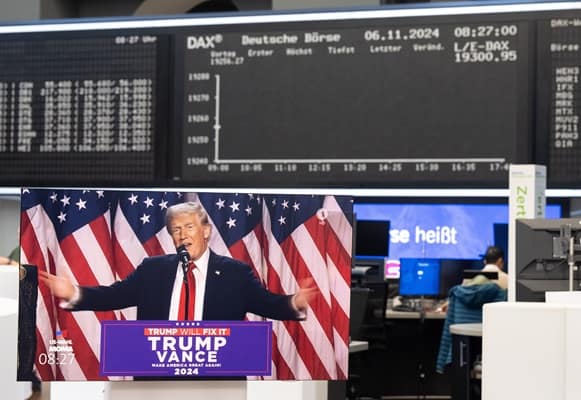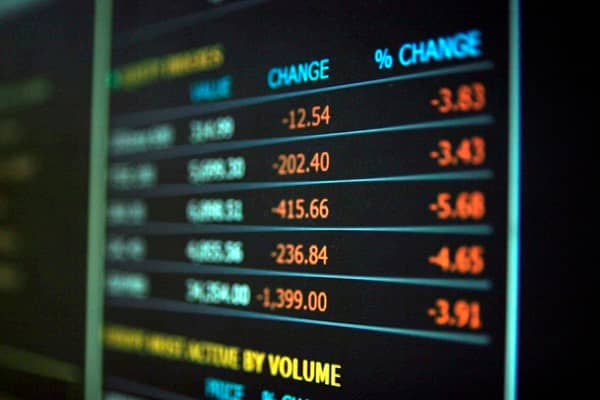The EUR/USD currency pair is experiencing a period of volatility, currently trading at 1.0625 following the release of U.S. inflation data.
The euro is under downward pressure due to numerous political and economic challenges, raising questions about its future.
In my view, the uncertainty surrounding trade relations between the United States and the Eurozone—specifically, the U.S. administration’s intention, led by newly elected President Donald Trump, to impose additional tariffs on European imports—will significantly impact the euro.
Trump has pledged to increase tariffs on imports by 10% in support of domestic products and to bolster the U.S. economy, which could spark a trade war with the Eurozone, diminishing the appeal of the European currency and increasing demand for the U.S. dollar as a safe haven.
Olli Rehn, the European Central Bank (ECB) governor, has indicated that the bank aims to bring interest rates to a neutral level by the first half of 2025, estimated to be between 2% and 2.25% according to the bank’s projections. In my opinion, this long-term outlook on interest rates, coupled with the ECB’s adoption of an extended easing policy, may weaken the euro’s attractiveness compared to the dollar.
This is especially likely if upcoming U.S. inflation data aligns with expectations for annual inflation to reach 2.6%. High inflation in the U.S. could keep the Federal Reserve in a relatively hawkish position, boosting the dollar and pushing the EUR/USD pair toward further declines.
Markets are increasingly anticipating the upcoming U.S. data, as the October Consumer Price Index (CPI) report plays a pivotal role in shaping expectations for U.S. monetary policy. Although the market expects the Federal Reserve to cut rates by 25 basis points in December, this decision remains uncertain, especially with improving U.S. economic forecasts and inflationary pressures linked to Trump’s economic policies. Accelerating inflation could raise borrowing costs and keep the Federal Reserve cautious about easing monetary policy, increasing demand for the dollar and weakening the euro.
The euro is also experiencing internal pressures due to Germany’s fragile political situation. The collapse of the ruling coalition after Chancellor Olaf Scholz dismissed Finance Minister Christian Lindner has created political instability in the Eurozone’s largest economy. The market is likely to face further uncertainty ahead of the confidence vote scheduled for December, which could lead to early elections. In my view, all these political developments may render the euro more vulnerable to the dollar, especially if the U.S. continues to deliver strong economic data and if transatlantic trade war risks intensify.
Investors will also keep an eye on any new guidance from ECB President Christine Lagarde regarding interest rates, which may clarify the future path of monetary policy in the region. However, short-term forecasts do not appear favourable for the euro unless the ECB takes bolder steps to address rising inflation, particularly as the U.S. Federal Reserve gradually reduces rates to support U.S. economic stability.
In conclusion, I believe the political and economic challenges facing the Eurozone place the euro in a weak position against the dollar. The EUR/USD pair is expected to remain under downward pressure amid political uncertainty in Europe and increasing prospects of a trade war with the United States.








